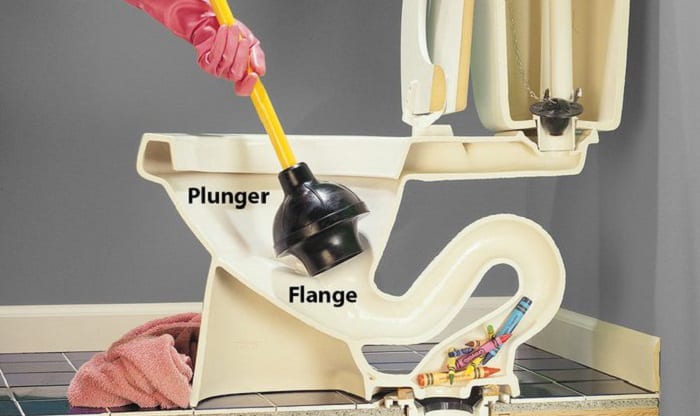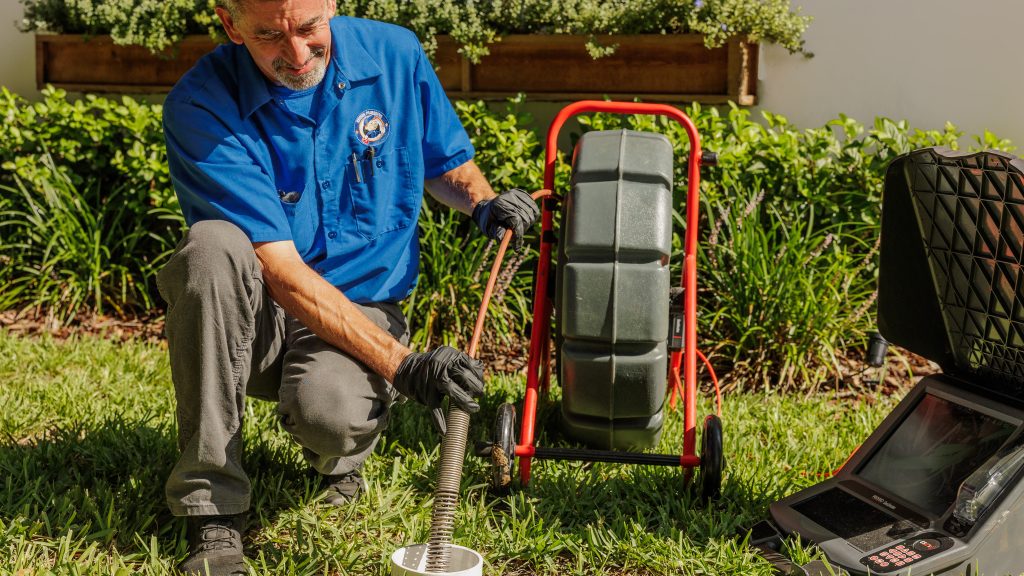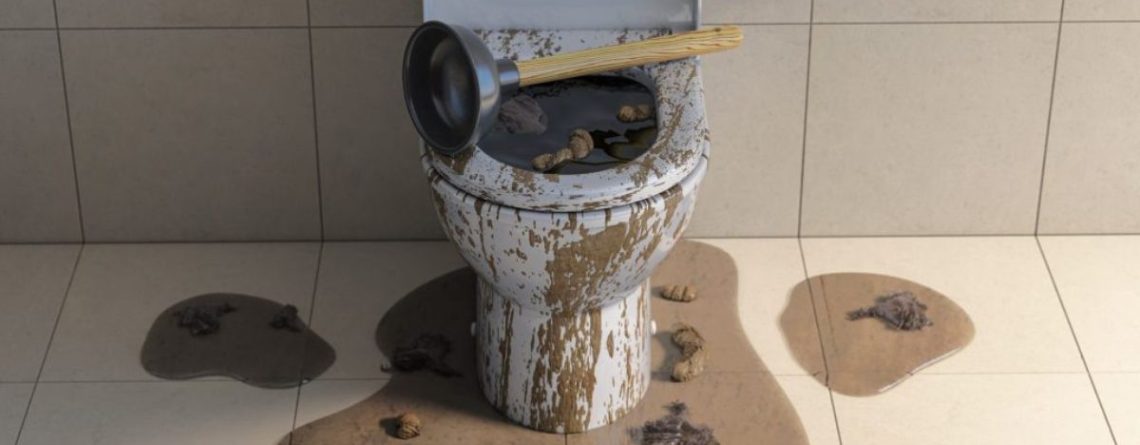Clogged Toilet Fix: This Is What You Need to Do
Few sights strike fear into the hearts of homeowners more than watching the water level rise, rather than fall, when they flush the toilet. A recent survey found that 30% of Americans reported plumbing issues as the most frequent unignorable problem they experienced in their home. A toilet backup is definitely something that falls into the "unignorable" category.
The good news is that a DIY clogged toilet fix is usually all that you need. There are even ways to deal with a toilet stoppage without a plunger.
Let's review what to do when you've got a toilet overflow situation going on.
Bust Out That Plunger

If you've got one, a plunger should always be your first line of attack when unclogging a toilet. They work on the simple principle of creating a vacuum and moving water back and forth to get things moving.
Did you know that there are two types of plungers everyone should keep in their house? They are:

- Flange plunger (for the toilet)
- Cup plunger (for the sink)
The flange plunger has a cup that is designed to seal off toilet drains effectively. A cup plunger is unlikely to make a good seal. Plus, using a plunger reserved for the sink in your toilet is just, well, eew.
Using a Plunger to Unclog a Toilet

Using a plunger is simple, but it takes a little practice to get a good seal.
If your toilet bowl is full of water and waste, you want to lower the plunger in very carefully. If you thrust it in there, you're going to displace some of that gunk all over your floor and your feet. Gently lower it in at an angle, allowing some of the water to enter the plunger.
Now gently lower the plunger onto the toilet drain until it's in position. Flange plungers are designed with a narrow end that is perfect for the toilet drain. When you feel it's made a good seal, start plunging.
If your toilet bowl is not full of water, you'll want to flush the toilet right before you start plunging. This will mean enough water to start pumping, generating a good flow that'll free up the clog.
Plunge as vigorously as you can without getting dirty water everywhere. Keep plunging until all the water in the bowl has been forced through. If you need to, use a pitcher to add more water.
When you're pretty sure the clog has been cleared, grab some toilet paper and flush it down the toilet. This will help to ensure that the clog has gone. If it hasn't, repeat the process until your toilet backup is a thing of the past.
Fixing a Toilet Clog Without a Plunger
Let's imagine it's Christmas morning and you've got no plunger. Going out and buying one is not an option and you want to try to fix the problem yourself before calling a plumber. There are some no-plunger solutions that can sort a lot of toilet problems.
Hot Water
If some let's call it "organic matter", is blocking your toilet, it may respond to a hot water flush. Heat a few quarts of water in a large pan until it's almost boiling. Now very carefully carry the pan to your bathroom and pour it down the toilet.
Leave it for a few minutes and see if the water starts to drain. If it does, it's breaking down the clog and finding a way through. Flush the toilet and see if that's been enough to clear it.
If the blockage is proving stubborn, a few generous squeezes of dish soap along with very hot water may do it. Leave it for about ten minutes and see if it's starting to drain.
Chemical Reaction
Another variation is to grab those two pantry staples, baking soda and vinegar, and let them do their magic. If your toilet is already backed up to the rim, we're sorry, but you're going to have to remove some of that water. Otherwise, you'll have an overflow on your hands.
Pour a cup of vinegar followed by a cup of soda down the toilet drain and stand back. It's going to bubble and fizz, but the real magic will happen over the next half hour. These chemicals will get to work and start breaking down the clog.
Give it a hot water flush and you should be back in business.
Breaking Up Stubborn Clogs
If something has gone down your toilet that really shouldn't have, chemical reactions and heat aren't going to cut it. You need to get in there and agitate the clog so that it breaks down and moves on.
The first thing that comes to hand is the toilet brush. Put on your rubber gloves, stick the brush into the toilet drain, and start plunging. And twisting and cajoling.
Do everything you can to dislodge that clog and get it moving.
We're guessing if you don't have a plunger, you don't have a drain snake/auger either. In a pinch, you can use an old wire coat hanger. Unravel it, straighten it, and put one end down the toilet drain. When you reach the clog, work away at it until you can feel it breaking up.
If the water level starts falling, you know you've been successful. Flush the toilet and it should clear the clog.
The Clogged Toilet Fix That Works Every Time

If you've tried everything you can think of and it just won't shift, there is one clogged toilet fix that always works.
Calling a plumber is guaranteed to get your toilet flowing freely again in no time at all. If you're in the Orlando, FL area, then Choice Plumber Orlando is your best option.
We offer a 24/7 emergency service. It may be that you're just pushing the clog further down the toilet and need a professional unclogging service. Whatever the problem, we'll get to the bottom of it.
Call us at (407) 993-6249 or complete our online form for a fast callback today!
More Drain Help Articles:




